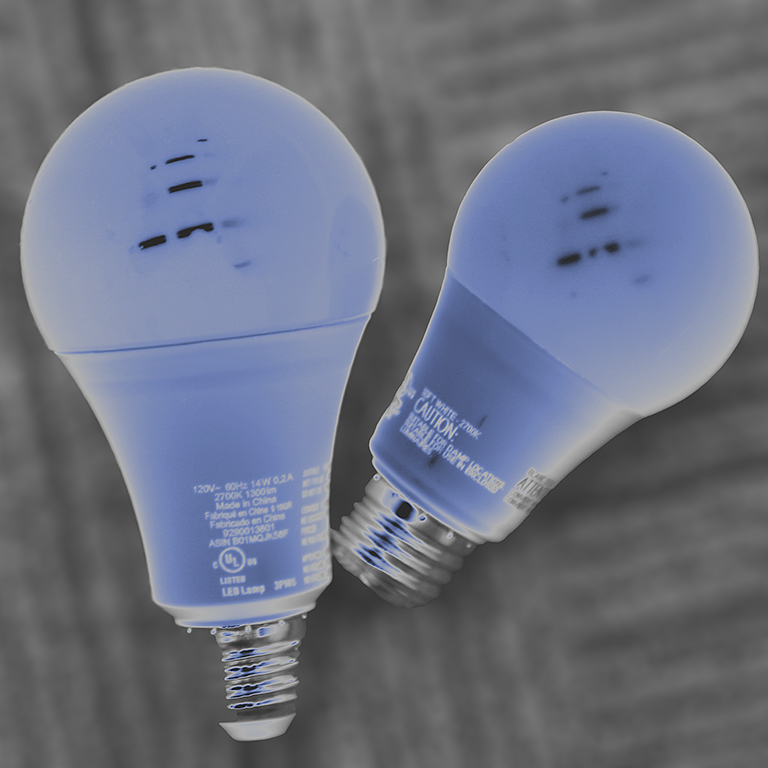Energy & the Built Environment
Energy use is essential to campus operations and but it is also the main source of campus greenhouse gas emissions. Sustainability at IU Northwest focuses on opportunities to increase energy efficiency, incorporate renewable energy sources, and offset energy use.
Buildings at IU Northwest are powered by natural gas and the Office of Administration & Facilities and Operations at IU Northwest is engaged in ongoing work to improve the energy efficiency of our campus infrastructure.
Recent major campus renovations that aimed to improve energy efficiency include renovations to Anderson Library and Marram Hall.





